When digital markets are so crowded, and websites are competing to sell similar or identical products – it can be particularly difficult to stand out from the crowd. The first step to solving the problem is knowing what exactly it is that is blocking your users from engaging with your e-commerce site. Then, you can start making changes you need to enhance ecommerce engagement. We’ve got a few easy first steps to help you out.
The first step to recovery is admitting there’s a problem
An old adage, but it’s just as true for e-commerce design as it is for anything else! The first thing you need to ask of your website is whether it is really engaging your users. The easiest way to make a judgement call on this is to check the bounce rate of your site. How many users are leaving the site after just viewing one page? If the number is higher than you’d expect (the industry average is 33.9%), you know there’s something stopping the user from engaging further with your content.
Why do visitors leave your website?
It could be a whole range of things. From poor loading times, non-user-friendly interface design, poor mobile optimisation, long checkout and signup processes. The list goes on. Luckily, whatever the reason may be, there’s a way to fix it, and to enhance ecommerce engagement.
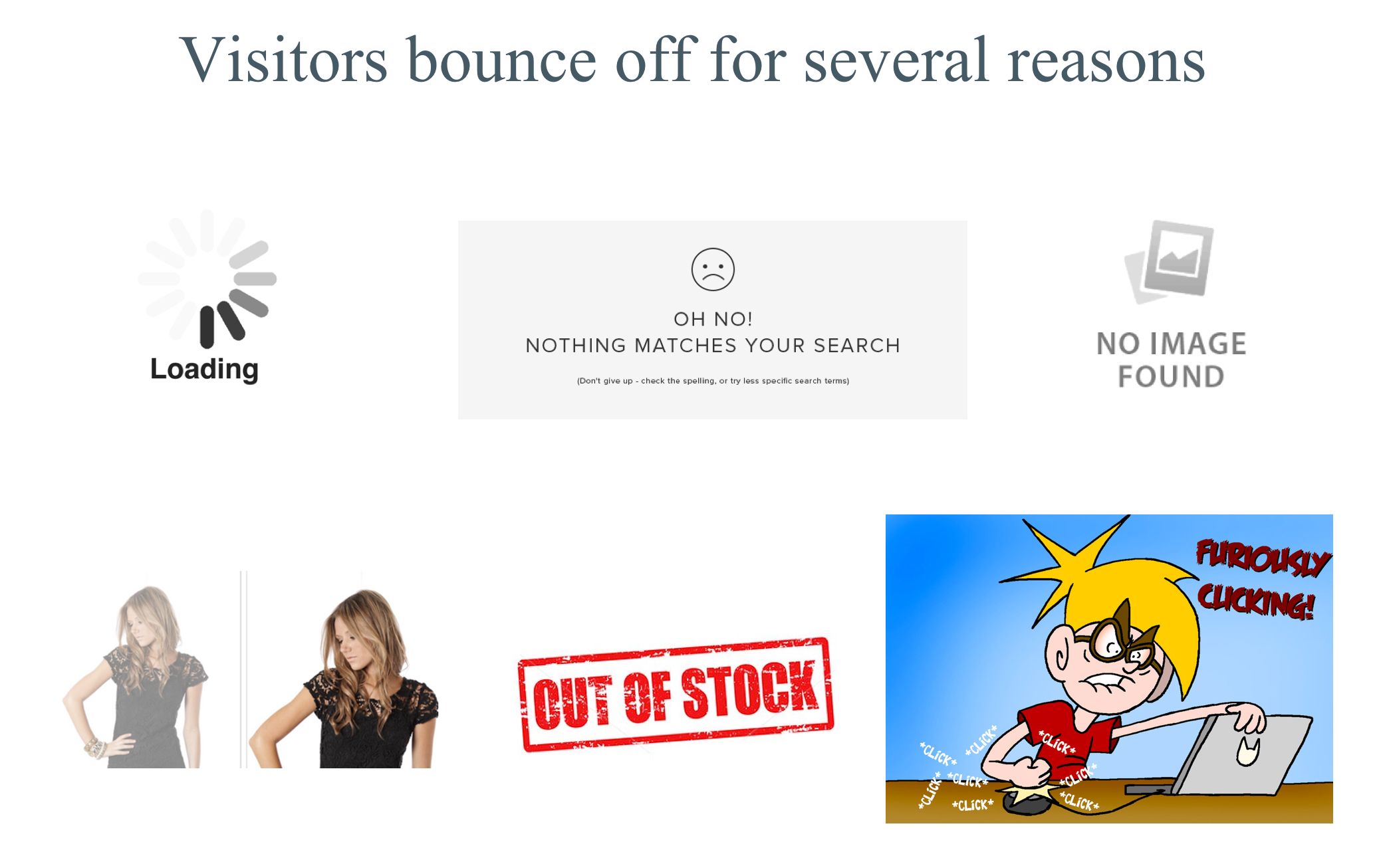
Understanding why exactly your customers aren’t converting
It’s great knowing what make customers bounce. But it’s more important to understand what it is specifically about your website that is putting users off. In order to delve deep into the mind of the customer, it’s important to understand their journey with your brand. This starts at the point of first contact to awareness, consideration, and eventually purchase, retention and advocacy. What things are making your customers click, sign up, buy, etc.? And at what points are they dropping out of this process? Follow your users’ journey over the customer life-cycle, and experiment with different VAS (value-added services) strategies to enhance ecommerce engagement.
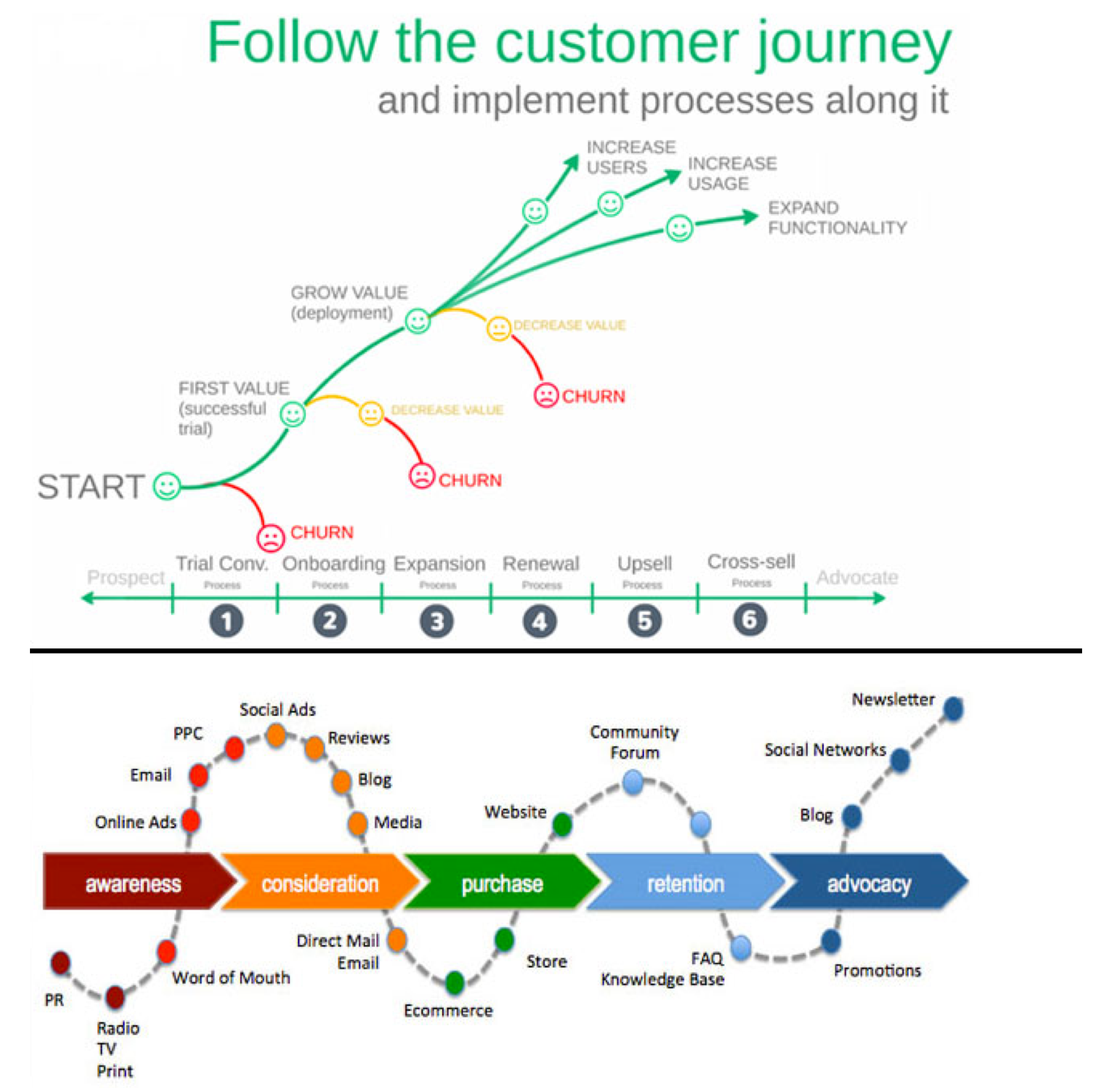
General improvements can make a big difference
There are a few easy fixes, which you should try before delving more deeply into development. You might find that something as simple as load speed will have an impact on your customers’ conversion rates. Try these things first:
⁃ Create ‘WOW’ landing pages – exciting, engaging, graphically superior, which are sure to attract attention.
⁃ Tweak your website’s configuration to improve load speeds
⁃ Avoid annoying pop-ups and auto-play adverts
⁃ Make your website responsive according to screen size and device
⁃ Clean up your navigation – make the customer journey as simple and straightforward as possible
The nitty-gritty
Once you’ve performed your initial website fixes, you may find slight improvements in bounce rate, and perhaps even a modest sales increase. But if you’re anything like us here at iDigitalise, words like ‘modest’ and ‘slight’ simply aren’t good enough. You’ll want to create the best possible experience for your customer, and reap the rewards of your hard work. So, here are your next steps for a superior website build.
So, a few tips to enhance ecommerce engagement on your website:
1) Build a strong brand presence
A massive 70% of consumers won’t buy a product if they don’t like company or brand behind it. Building and developing a brand takes time, money and manpower. But once your brand starts to gain traction, it’s worth the custom it offers as a result. A great brand not only adds value to your business, it also creates customer loyalty. Trust builds long-lasting relationships between business and consumer, and a good brand creates a perception of quality.
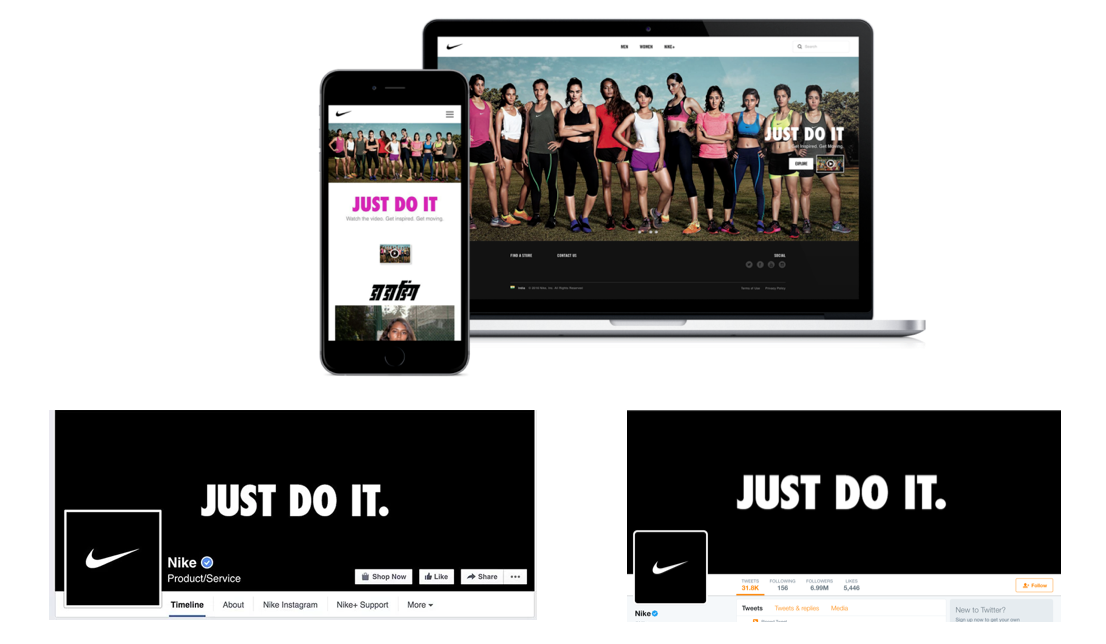
2) Show and gain loyalty
Reward your pre-existing customers with incentives and perks like coupon codes and special offers. Pair this with requests for valuable user-generated content – like customer reviews, which are a powerful way to persuade new customers to convert – to double the customer engagement impact.
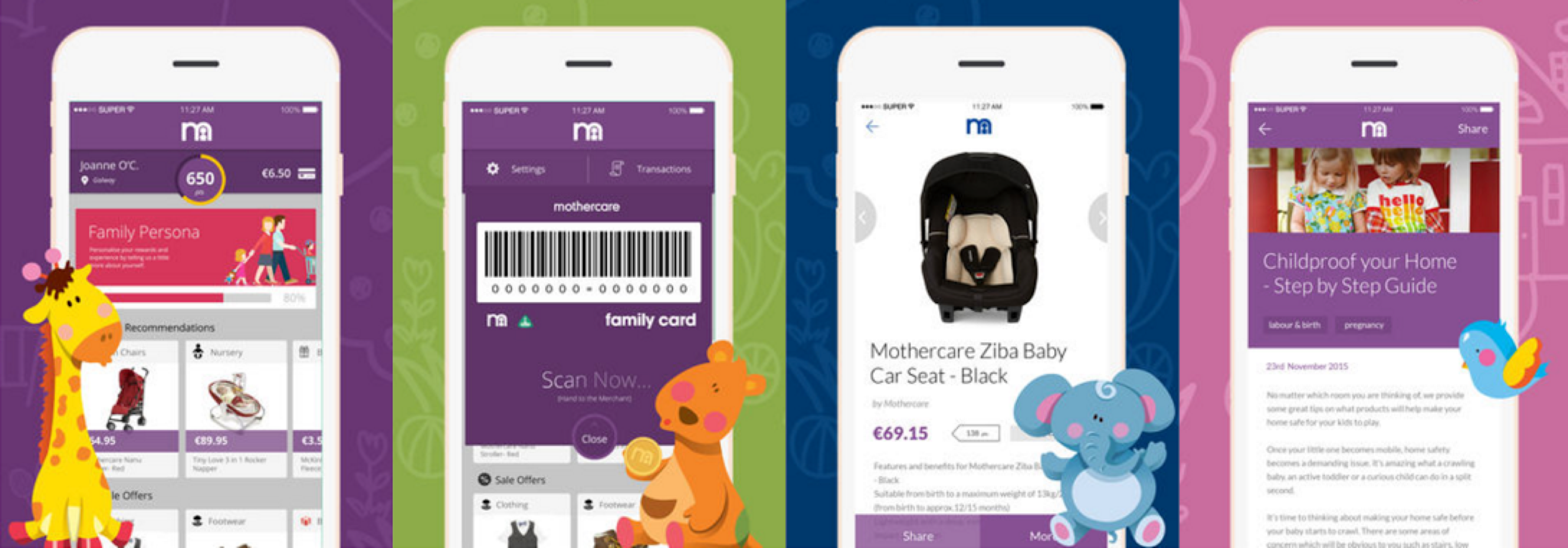
3) Allow product reviews
Following on directly, product reviews are important to help the potential buyer understand your products better. Product reviews might offer information – such as size, delivery service, quality of materials – that you won’t need to put in your main product description. Product reviews can help you up-sell and best-sell, and remember that 68% of women consult product reviews before they make a purchase. If you’re concerned about an influx of negative reviews, don’t worry. You can turn a bad review into a good one by using the review to understand exactly what the customer’s gripe was, respond publicly to demonstrate your first-rate customer service, and make sure things are changed to avoid the problem in the future.
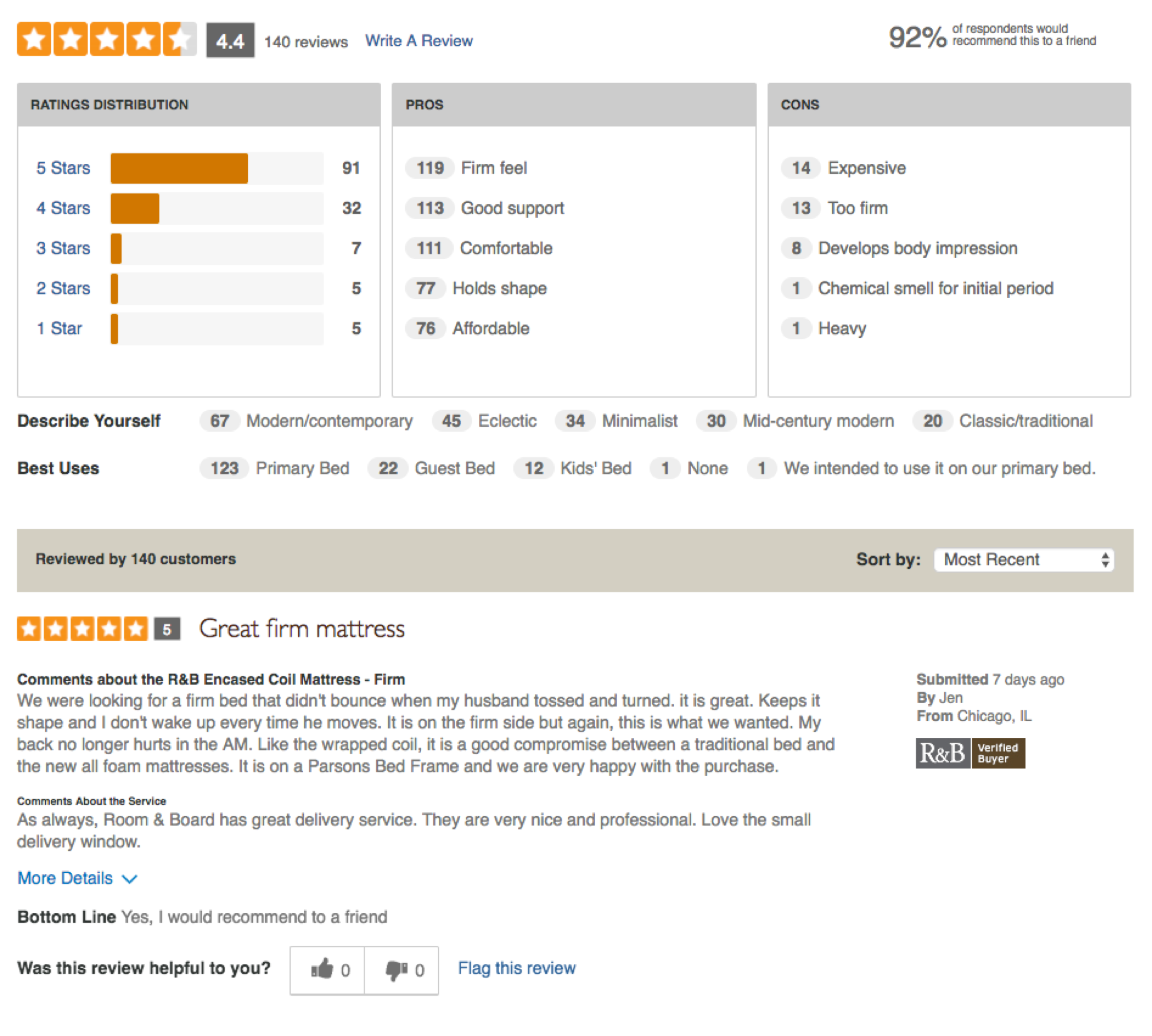
4) Build a responsive website
This is important. In a world where now, for the first time ever, customers are using handheld devices to shop more than they’re using desktops, it’s of utmost importance that your website is optimised. By 2018, 18% of all retail sales will be online, and by 2040, it’s expected that a massive 95% of all purchases made will be through e-commerce. Mobile sales accounted for 42.3% of all purchases made in Christmas 2016. A fully mobile-optimised website is guaranteed to generate more sales than a website that is difficult or even impossible to navigate on a mobile.
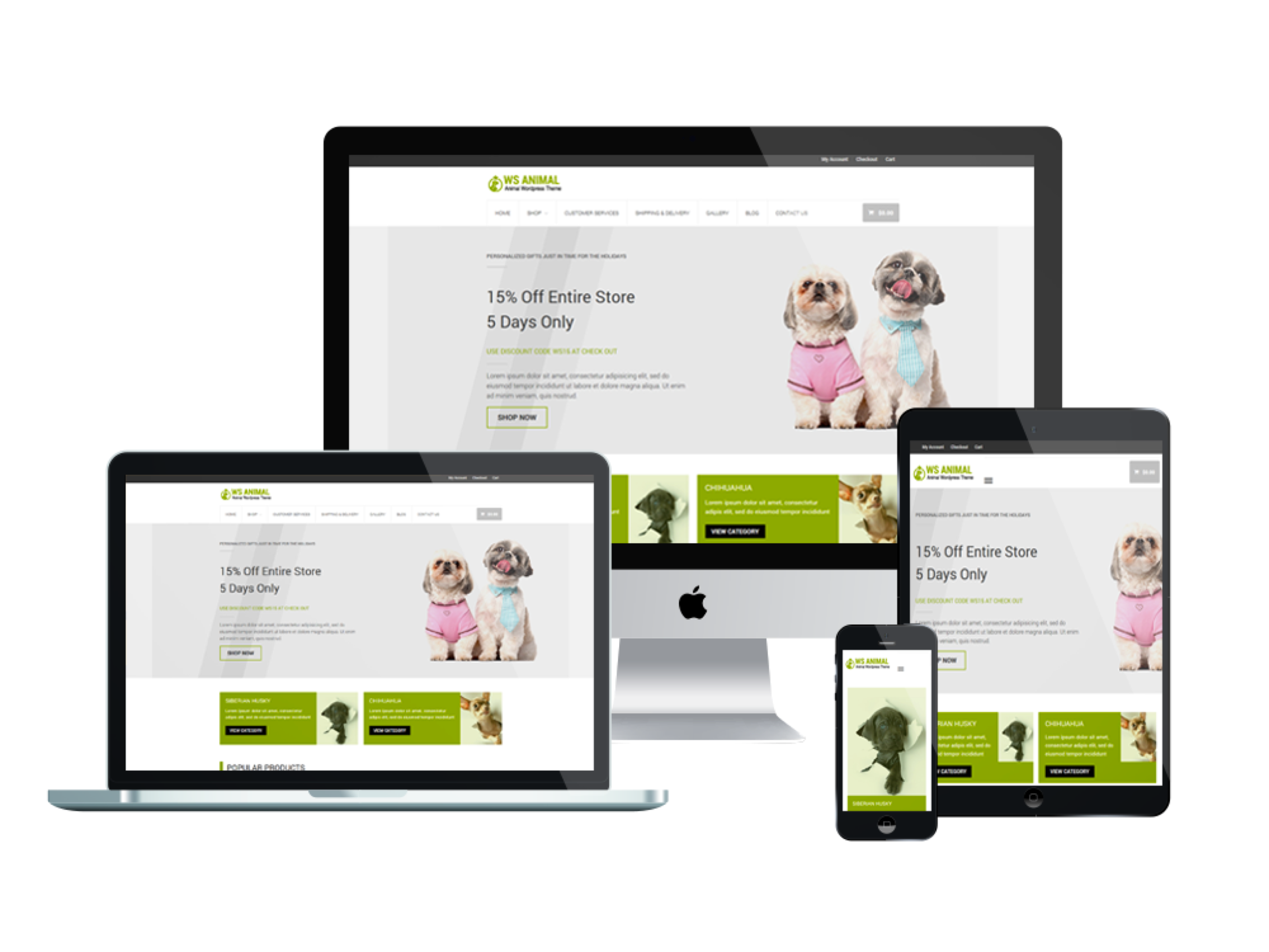
5) Include a site search function and name your products clearly
These two go hand in hand. An optimised search function with a clear call to action, ergonomic design and handy shortcuts like URL re-directs pairs nicely with clearly named, highly-searchable product names.
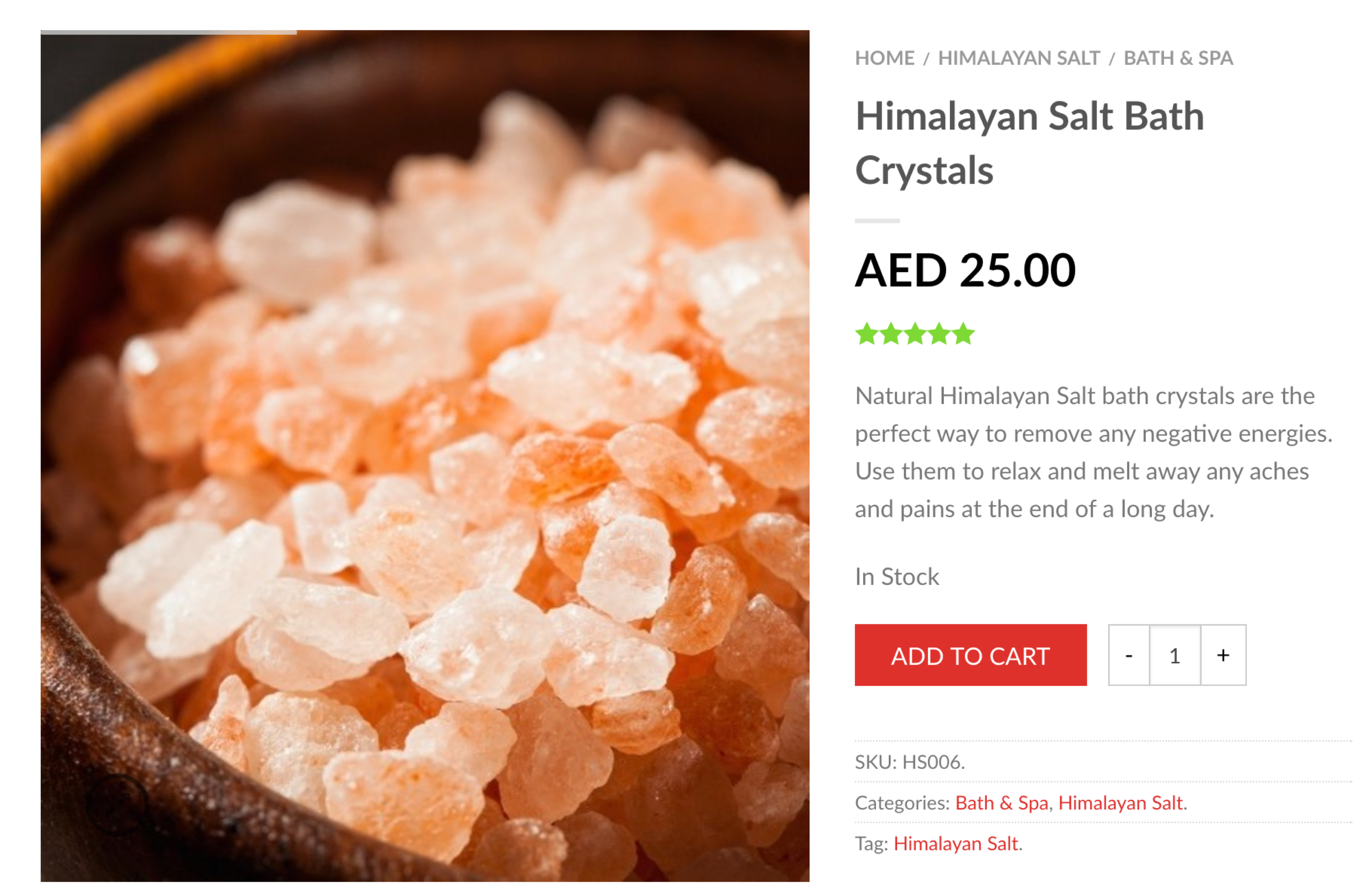
6) Add a ‘Call to Action’ button on all pages
No matter what the page is, there needs to be something there to lead the customer onwards in their journey through your website. CTA buttons are a psychological trigger for onward movement, and eventually conversion. CTAs need to be crystal clear, especially during the checkout process, and if you have any web-forms on your website which collect personal data.
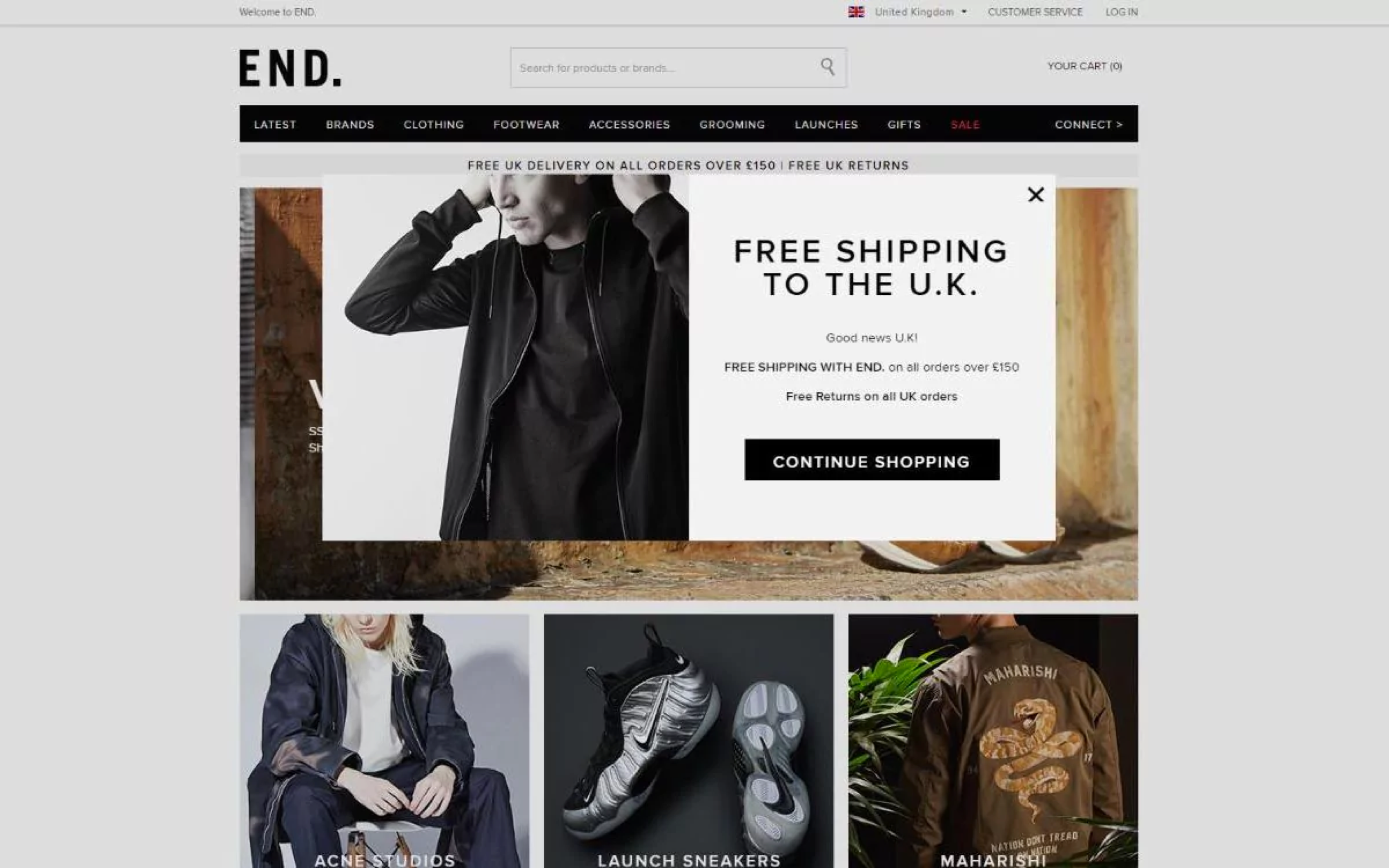
7) Keep the checkout process super-simple
Trying to understand what makes a customer abandon their cart can sometimes be an impossible feat. However, there are certainly a few things to help you prevent it. Try to reduce the number of clicks during the checkout process to ensure there are less opportunities for the customer to drop off: try a single-page checkout, guest checkout or quick checkout with pre-saved card details for existing customers. When it comes to cart abandonment, use cookies to ensure that when the customer returns to your website, their items are still in their basket, easily accessible with a quick-view cursor hover functionality.
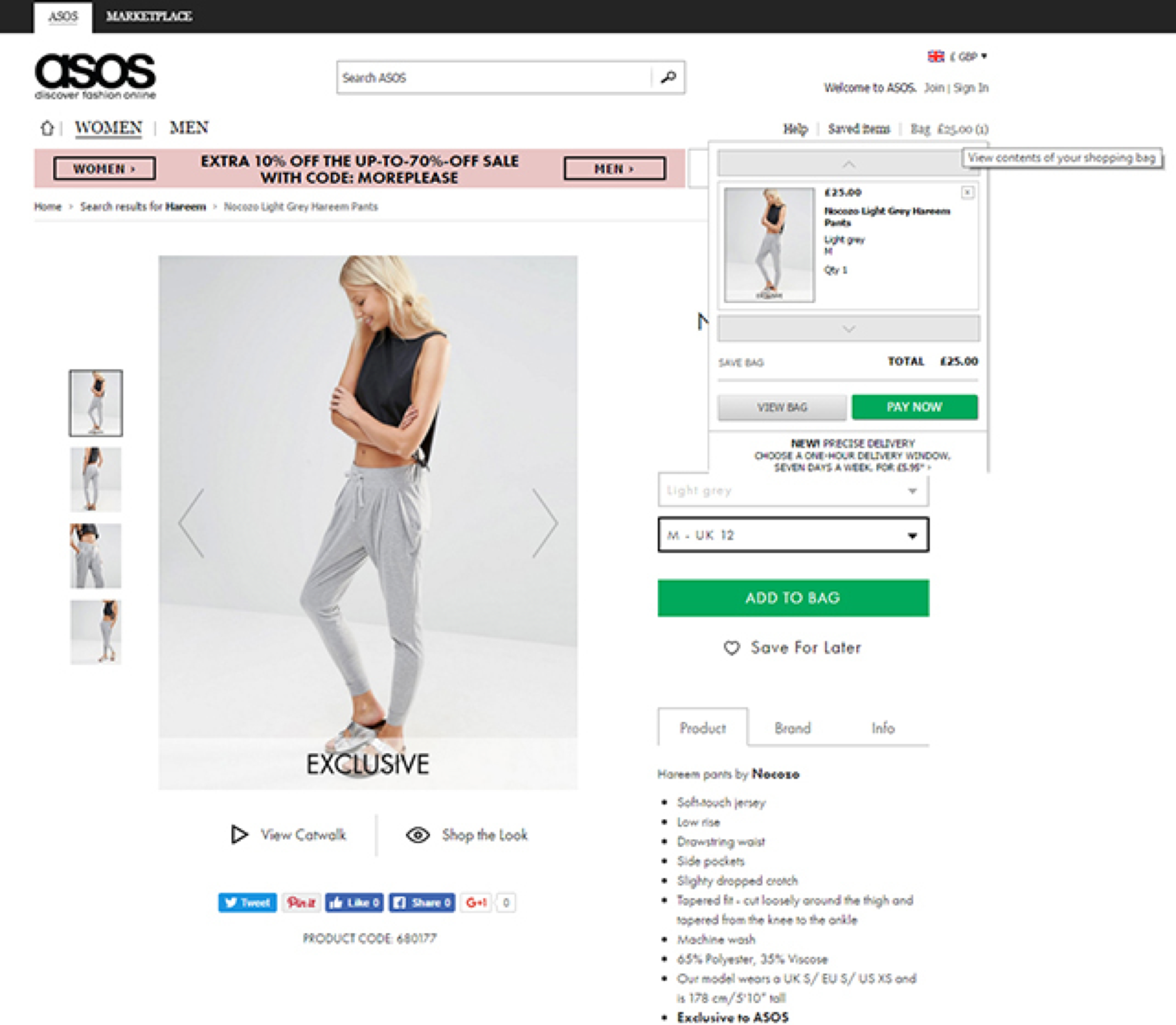
What are you waiting for?
Now you know what to look for to understand whether your customers are engaging with your content or not, and you’ve got the tools you need to improve your customer experience. It’s been proven time and time again that engagement, brand loyalty and a well-designed UI are all factors in increasing sales, so there really is nothing to lose by trying something new with your e-commerce website. You might be pleasantly surprised by the results of your efforts!
If you have an Ecommerce Store that has traffic but not converting sales, get in touch with us for a FREE 30 Minutes Website Review.

